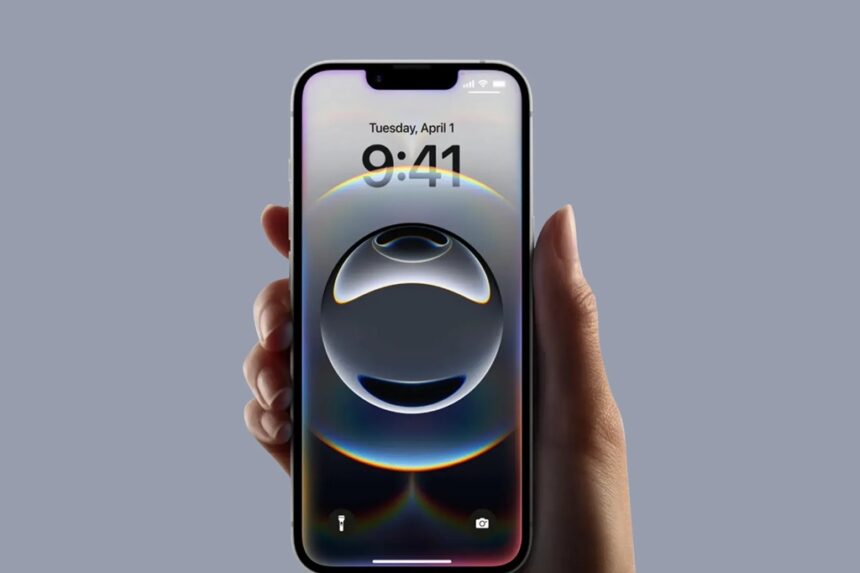After months of rumours, Apple has introduced the iPhone 16e, taking over from the iPhone SE (2022) as the company’s most affordable smartphone. Pre-orders are now open, with shipments starting February 28.
As its name implies, the iPhone 16e isn’t a direct sequel to the iPhone SE, though it carries the same budget-friendly focus. It combines the internal components of the iPhone 16 with an older design, featuring a single-camera setup and pared-down features compared to pricier models. This approach has always defined the iPhone SE lineup.
However, there’s more than just a name separating the iPhone 16e from its predecessor. With a price tag of $599, it’s significantly more expensive than the iPhone SE (2022), which Apple sold for $429 until February 19. That price difference is hard to ignore.
This marks one of the biggest price increases between iPhone generations in recent memory. It’s reminiscent of the iPhone X’s launch in 2017, which introduced a jump to $999 from the iPhone 7’s $649 starting price.
While the iPhone 16e isn’t expected to create the same buzz as the iPhone X did, it still signals Apple’s willingness to push pricing boundaries. In recent years, iPhone prices have remained relatively steady, but this shift suggests a change in strategy.
As anticipated, the iPhone 16e shares much of its hardware with the standard iPhone 16. It includes the powerful A18 chip, 128GB of storage, and likely 8GB of RAM, given its support for Apple Intelligence. It also debuts Apple’s new C1 modem for improved 5G and connectivity.
The differences are most noticeable in the camera and design. The iPhone 16e features the same 48MP primary camera as the iPhone 16 but lacks additional lenses like ultra-wide or telephoto options.
It also supports fewer camera modes. In terms of design, the iPhone 16e uses the iPhone 14’s display, complete with a notch, while adopting the body of the iPhone 15, including the Action button.
Despite the older display, the iPhone 16e looks modern and fits well with the rest of the iPhone lineup. Unlike the iPhone SE, which leaned heavily on nostalgia with its iPhone 13 internals inside an iPhone 8 body, complete with a Home button and Lightning port, the 16e takes a different approach.
In addition, Apple has discontinued the iPhone 14 and iPhone 14 Plus, with the iPhone 16e taking their place. Previously, Apple sold the iPhone 14 for $599, but the latter offers better features for the same price.
The iPhone 16e is also an entry point to Apple’s AI ecosystem. As the most affordable iPhone is currently available from Apple, it’s likely to appeal to buyers looking for a straightforward, cost-effective option.








